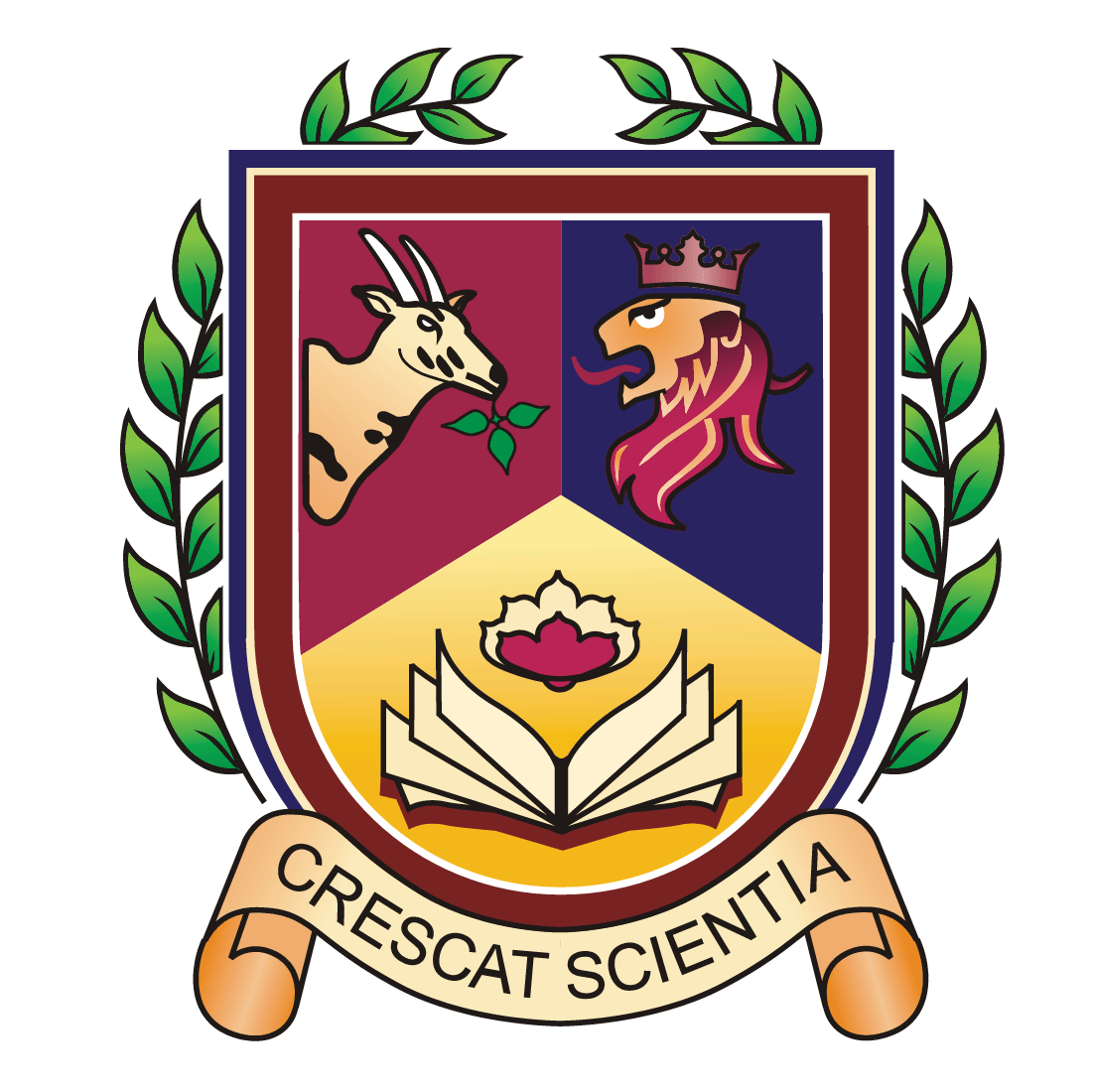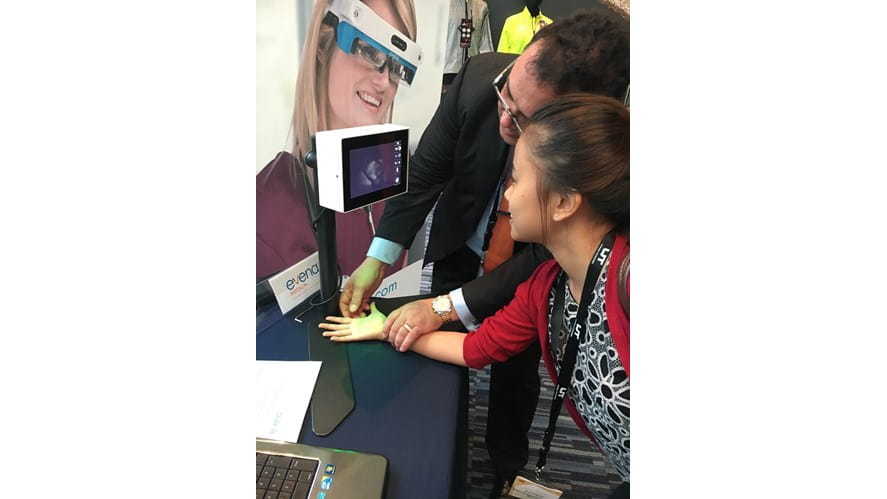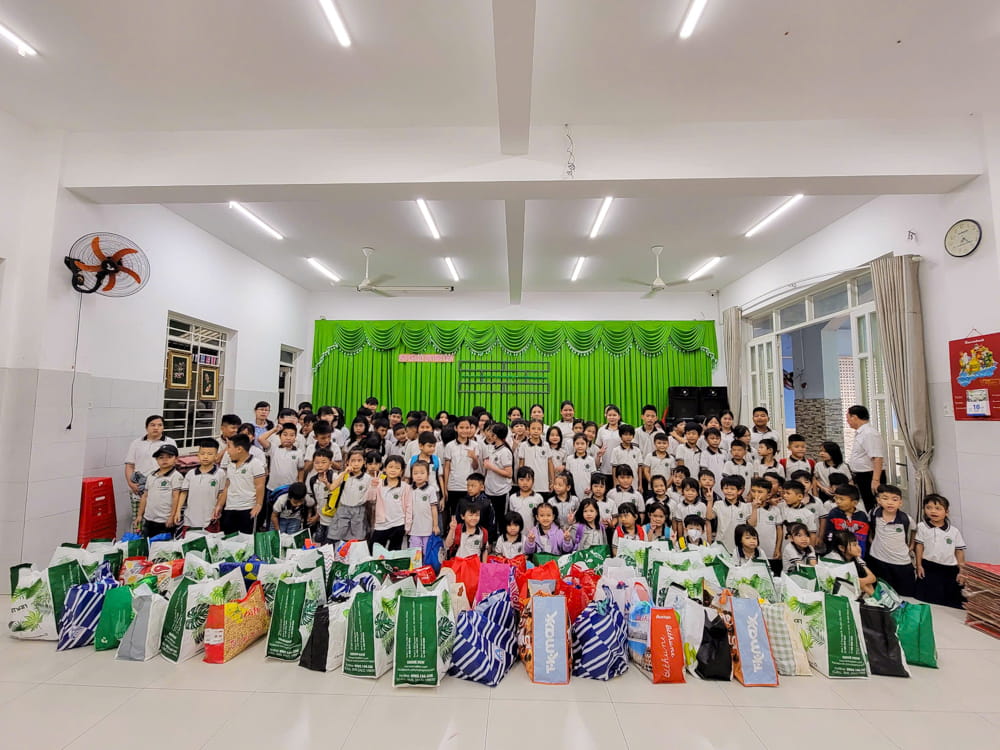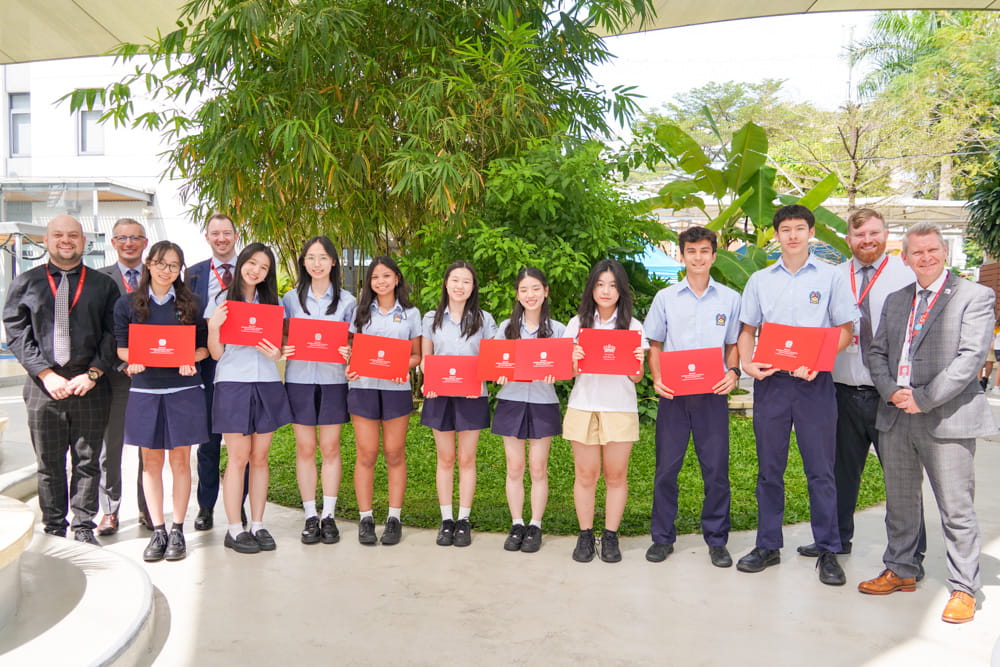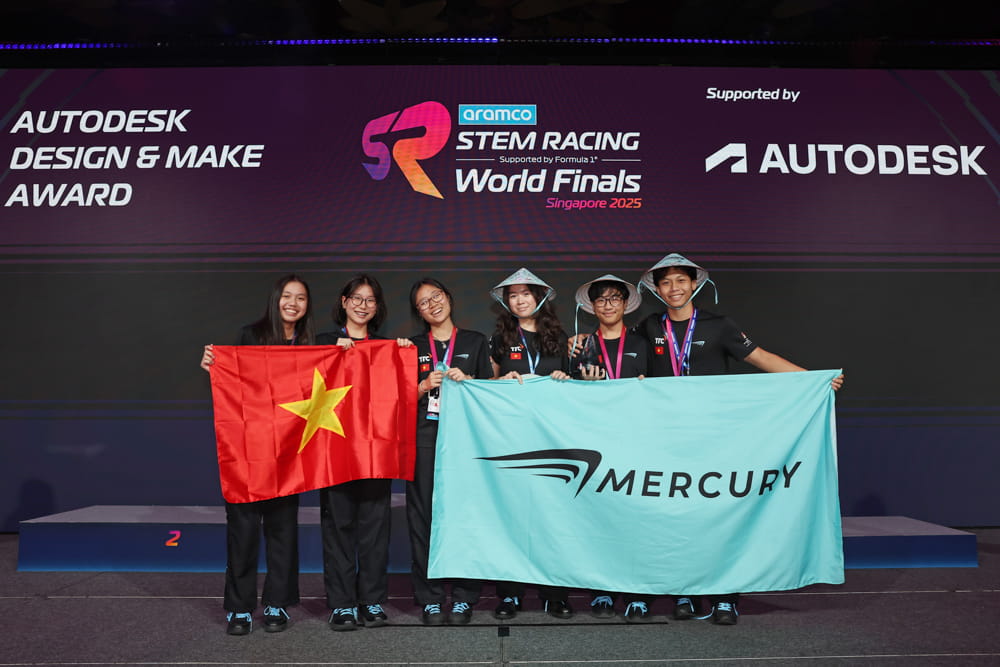Wearable Technologies Conference To achieve the highest marks, in the Higher Level Information Technology in a Global Society (ITGS) International Baccalaureate course, students must cite evidence of primary research into the relevant technology, and thus, we have undertaken our first overseas trip as a subject to attend the Wearable Technologies conference in Hong Kong.
As part of the Higher Level Information Technology in a Global Society (ITGS) International Baccalaureate course, students are required to research a pre-seen case study. This year we have been very excited to consider the challenges faced by Kita, a small (fictional) firm producing a smart watch.
To achieve the highest marks, students must cite evidence of primary research into the relevant technology, and thus, we have undertaken our first overseas trip as a subject to attend the Wearable Technologies conference in Hong Kong.
The day started with a highly informative presentation by Christian Stammel, the CEO of Wearable Technologies, a company that cultivates multinationals and entrepreneurs alike to connect with forward thinkers, investors and the most influential people within disruptive and converging technologies. He talked about the impact of cloud storage and need for wearable devices to be connected to the cloud in real-time. He also predicted that there will be a Pokémon Go wrist device that will become the biggest selling wearable device of all time.
Throughout the conference, we were introduced to a number of new and established companies in the wearables market, such as innovators in smart underwear for women, the leading company in monitoring fatigue, particularly in long distance drivers, a pioneer in real-time vascular imagery and an established producer of movement intelligence devices that help people improve their posture.
We were able to hear first-hand what makes each of these products successful, and how they hope to benefit consumers in long run by promoting new and improved behaviour automation, not just behaviour modification. This could include reducing back pain through improved posture, a more unobtrusive way of triggering an SOS in a dangerous situation, using wearables as contactless payment devices to avoid the need access your wallet when busy, and increasing the intensiveness of workouts through electrical stimulation.
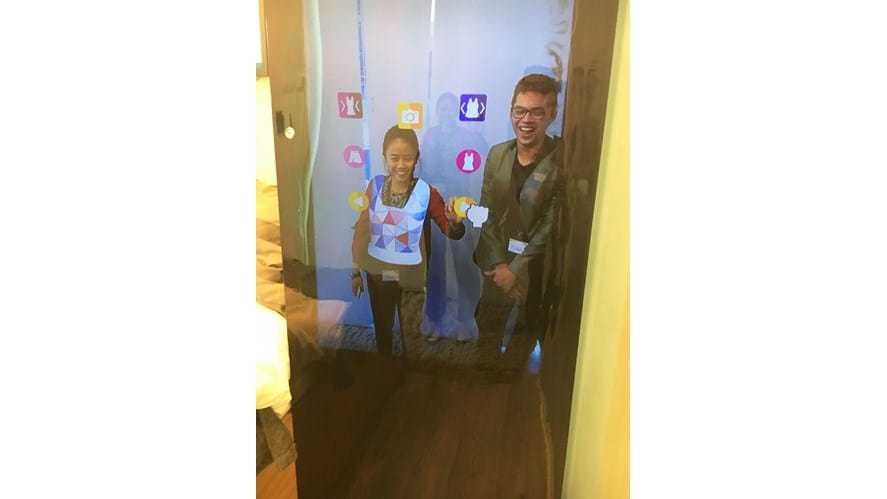
At lunch we explored the features of the sample smart home and development robotics garage which are set up in the Hong Science Park.
In the afternoon we learnt about different methods of production and distribution, from graphene printing to the diversification of the very well established Li & Fung supply chain management company.
The most impressive devices were the ones that are moving on from being wrist based. A prime example of this was hearing that ingestible smart pills may revolutionise health care, as medical professionals look to reduce the high proportion of medication taken in the wrong quantities or at the wrong time of day. Research shows this can be up to 30% of all medication prescribed in the US.
On a country level, we heard about the success of the National Steps Challenge in Singapore and how the program is being expanded this year. In Hong Kong, where 50% of hospital beds are occupied by the over 65s, administrators are looking at the nutritional, preventative, monitoring, treatment and rehabilitation solutions that wearable technologies can provide to help them manage this ‘Golden Age’.
During the breaks we were able to network with the presenters and other exhibitors of new and exciting wearable products. Despite many people being surprised to find a school group at a Business-to-Business event, they were giving and expertise in providing answers to all of our questions, even when they related to something fictional. To our surprise, there was one other group of students, from Sha Tin College in Hong Kong, but no-one else who’d made a day trip from abroad to attend!
We are heading back to Ho Chi Minh tired from a day full of information, but excited about how much more we now know about wearable technologies.
Ms Easter, Johnny and Vivi, ITGS IB Course


